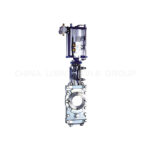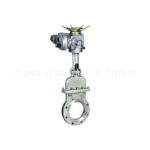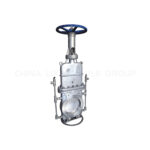Types of Valve Actuators
Valve actuators are crucial parts in many industries. They control how much fluid flows through valves. These devices move and adjust valves. This allows industrial processes to work well. We’ll look at different actuator types here: electric, pneumatic, hydraulic, and manual. We’ll go over their traits, advantages, how they work, and what they’re used for. This will help you pick the best one for your needs.
Importance of Valve Actuators in Industrial Applications
Valve actuators are needed parts in factories. They control the flow of liquids. Oil plants, chemical plants, water cleaning places, and power plants use them. They give force to open, close, and change valves. This lets them control the amount of liquid flow, pressure levels, and other important things. Without valve actuators, people would have to operate valves by hand. This would be hard, take a lot of time, and make mistakes easily.
Valve actuators manage valve operation automatically. They make the process simpler, more precise, and safer for industrial use. Actuators let operators control valves from a remote location or central system. This lets staff adjust valve positions and settings without being near the valve itself. Remote control cuts down on potential accidents by minimizing direct valve interaction. Plus, actuators help integrate valves smoothly into complex automated processes. They optimize how valves function within larger industrial systems.
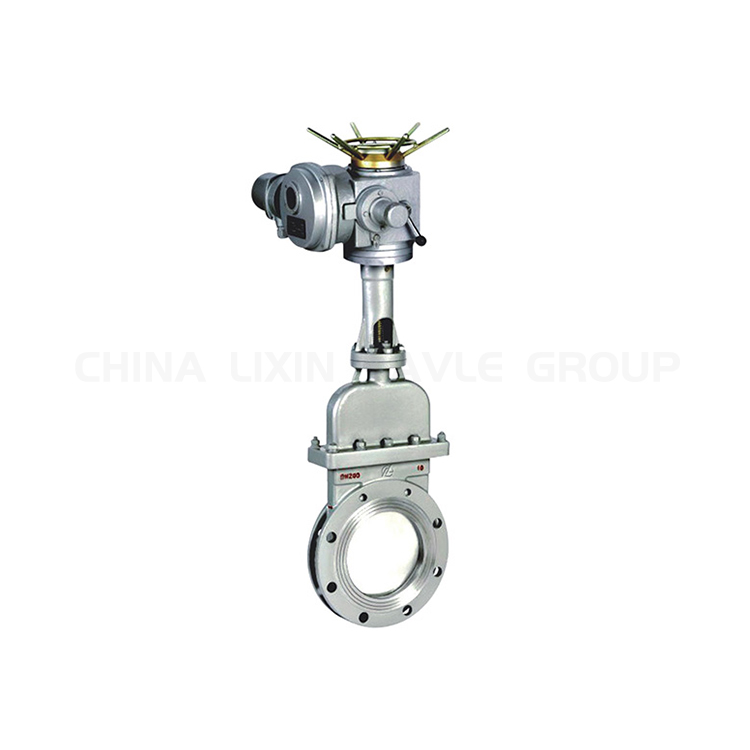
Electric Valve Actuators – Features and Advantages
Electrical valve actuators are used often in industries. Their uses are many, they’re dependable, and can be controlled easily. These devices use electrical power to make valves work. They get energy from AC or DC sources, so they match different power systems.
A big plus of electric valve actuators is their accuracy in control and exact positioning abilities. They allow valves to move precisely and consistently, regulating flow rates and other process factors correctly. Electric actuators can have sensors that give feedback, letting them monitor valve positions in real-time. This data helps optimize processes better.
Electric valve actuators give a broad torque output range. This makes them fit for varied valve sizes, types. They can control small and big valves well. Knife gate valves are one example, used when handling thick or rough fluids. The electric actuators can produce needed force to open, shut knife gate valves reliably. Doing so helps control fluid flow well, stopping any leaks.
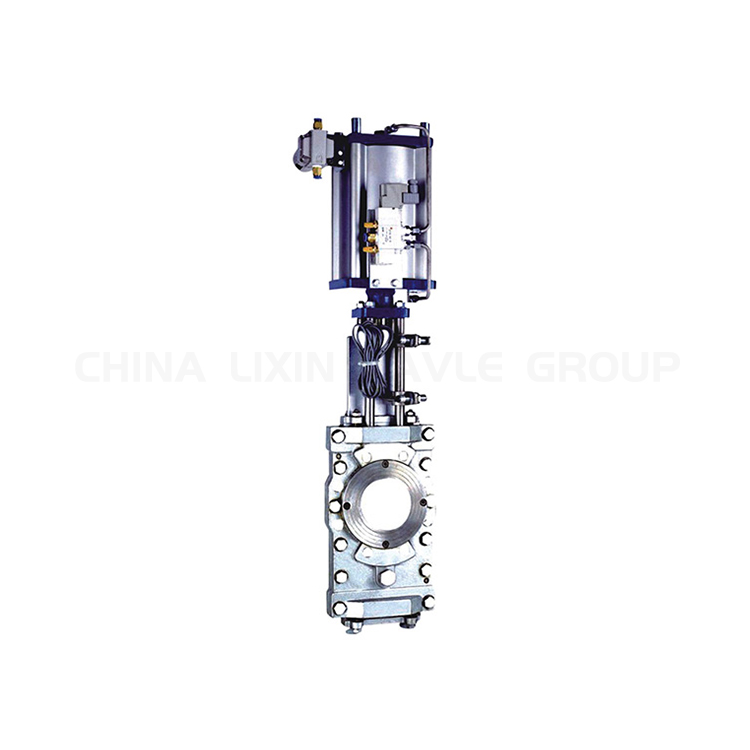
Pneumatic Valve Actuators – Operation and Benefits
Pneumatic valve actuators work by using compressed air or gas. They create the force needed to operate valves. These actuators are commonly used in industries with compressed air systems already set up. They can make use of the existing compressed air infrastructure. Pneumatic actuators are known for being simple, durable, and responding quickly.
The way pneumatic valve actuators operate isn’t complicated. Compressed air or gas is supplied to the actuator. This creates an imbalance of pressure that makes the actuator’s piston or diaphragm move. This movement then gets transferred to the valve stem. As a result, the valve opens, closes, or adjusts as required.
Pneumatic valve actuators offer several advantages that make them a popular choice in various industries. Their ability to generate high force while maintaining a compact and lightweight design makes them suitable for applications with limited space or weight restrictions.
These actuators also boast quick response times, enabling rapid valve movements and adjustments.The versatility of pneumatic valve actuators is particularly evident in industries like oil and gas, chemical processing, and wastewater treatment. They excel in environments with explosive or flammable materials, as they eliminate the risk of electrical sparks that could potentially ignite such hazards.
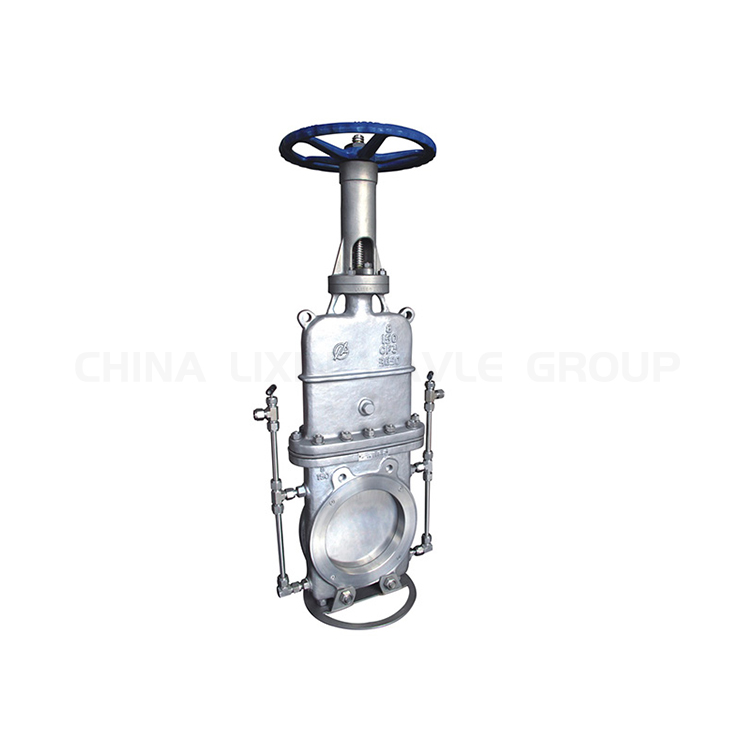
Hydraulic Valve Actuators – Working Principle and Applications
Hydraulic valve actuators use pressurized hydraulic fluid to generate the force needed to operate valves. These actuators are known for their powerful force, precise control, and ability to handle demanding applications. They are commonly used in industries like power plants, mining, and heavy machinery.
The way hydraulic valve actuators work is by using hydraulic pressure to move a piston or diaphragm, which then transfers the force to the valve stem. Hydraulic fluid, usually oil, is pressurized using a pump and directed into the actuator. This pressurized fluid creates an imbalance of forces, causing the actuator to move and operate the valve.
One of the main benefits of hydraulic valve actuators is their ability to generate strong force outputs. This makes them suitable for operating large valves and applications that require substantial force to activate. They can handle the operation of gate valves, globe valves, and other valve types that need significant force to actuate.
Hydraulic valve actuators also provide precise control and accurate positioning. This allows for fine adjustments and modulation of valve positions. This makes them ideal for applications that require precise flow control or where critical process parameters need to be maintained within tight tolerances.
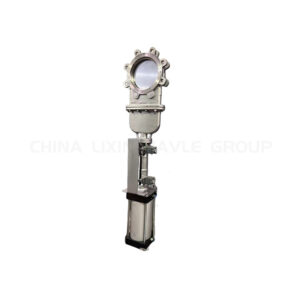
Manual Valve Actuators – Pros and Cons
Manual valve actuators still have their place in certain situations, despite the numerous advantages offered by automated actuators. These manual devices rely on human intervention to open, close, or adjust valves. They are straightforward, cost-effective, and suitable for applications where frequent valve adjustments or fine-tuning are not necessary.
One of the key benefits of manual valve actuators is their simplicity and ease of use. They do not require complex control systems, external power sources, or specialized training to operate. Manual actuators are often employed in small-scale operations, remote locations, or emergency scenarios where automation or reliable power supply may not be feasible.
Manual valve actuators have some drawbacks compared to automated ones. They work slower and require physical effort to operate the valves. Manual actuators also risk human error, as the positioning and control of valves depend on the operator’s judgment and consistency. Additionally, they lack real-time feedback or monitoring, which makes it hard to maintain precise control or identify valve performance problems.
Choosing the Right Type of Valve Actuator for Your Application
When choosing a valve actuator for your specific situation, there are several important factors to consider. These include the type and size of the valve, the force and torque needed, the environment it will operate in, the available power sources, and how it will integrate with the control system.
Electric valve actuators are a great option for many applications. They offer precise control, flexibility, and can work with a variety of valve sizes and types. They are a popular choice for applications that require accurate positioning, monitoring feedback, and automation capabilities.
Pneumatic valve actuators are excellent choices for applications that use compressed air. They offer quick reactions, compact size, and suitability for areas with explosives or flammable materials. These actuators are commonly used in industries like oil and gas, chemical processing, and wastewater treatment.
Hydraulic valve actuators are better suited for heavy-duty jobs that need high force outputs and precise control. You’ll often find them in power generation, mining, and heavy machinery industries.
Manual valve actuators aren’t as common in automated systems, but they still have their benefits for simple operations, remote locations, or emergencies. They’re cost-effective, easy to use, and don’t require external power sources or complex control systems.
Valve actuators are essential parts in industrial settings. They allow for efficient, precise, and safe control of fluid flow through valves. Electric, pneumatic, hydraulic, and manual actuators each have distinctive characteristics, benefits, and suitability for particular applications. By evaluating the needs and limitations of your specific situation, you can select the most suitable type of valve actuator to optimize your industrial operations.
Explore our wide selection of valve actuators, including the versatile and reliable knife gate valve. Our experts are ready to assist you in finding the right valve actuator for your industrial needs. Visit our website to learn more about our offerings and get the support you need.



